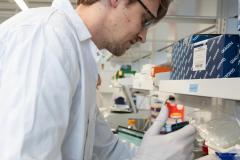At least once or twice a month, Dr. Rod Rassekh gets asked by colleagues at BC Children’s Hospital to meet with a cancer patient and their family so he can advise them on using medical marijuana. Parents want to know how to help their kids manage symptoms from harsh cancer treatments, and sometimes they want to learn more about potential anti-cancer effects for the most difficult to treat cancers.
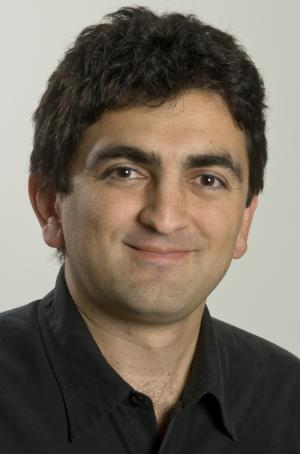
Since the legalization of recreational marijuana in October 2018, more and more families have been turning to cannabis, even though there are currently no evidence-based guidelines for medical marijuana use in pediatric patients.
Dr. Rassekh, a BC Children’s investigator and oncologist, says, “Families on the ward are finding out about cannabis from each other, or they are looking it up on the internet, and now you can buy whatever you want from stores on just about every corner. I have come to the realization that if no one gives these families advice, we will end up seeing kids in the ICU. ”
Guidelines on cannabis use for kids desperately needed
That is exactly what piqued Dr. Rassekh’s keen interest in this emerging field about seven years ago. Two children with cancer ended up in the ICU within a short time of each other, both with extremely low blood pressure. Neither child had previous issues with low blood pressure. Turns out both kids had taken cannabis oil — one had tried it for the first time and the other had just increased their dose significantly.
Since then, Dr. Rassekh has focused on research that will lead to scientifically-based guidelines on medical marijuana for pediatric patients and their families. He says it’s the complete opposite of all the other research he has previously done, as this drug is already widely used and easily available to anyone.
“The horse is out of the barn. This is happening in such a backwards way, but we need to try and make cannabis use safer,” Dr. Rassekh says.
“With every other drug I prescribe to my patients, it’s already gone through a phase one study to find the right dose, then a phase two study to look at efficacy, and then a phase three to compare it to a placebo. Medical marijuana is already in phase four!”
Families of children with cancer end up doing their own research
Wes Rota found out first-hand just how little information there is available on medical marijuana use for children when he and his wife had to navigate their oldest daughter Ruby’s devastating diagnosis of an aggressive brain cancer in 2015. The five-year-old had just started kindergarten when she was diagnosed with DIPG, or diffuse intrinsic pontine glioma, which is found in an area of the brainstem known as the pons. Only one out of 10 children with DIPG survive up to two years. There are no treatment options available except radiation, which is rarely successful for DIPG.
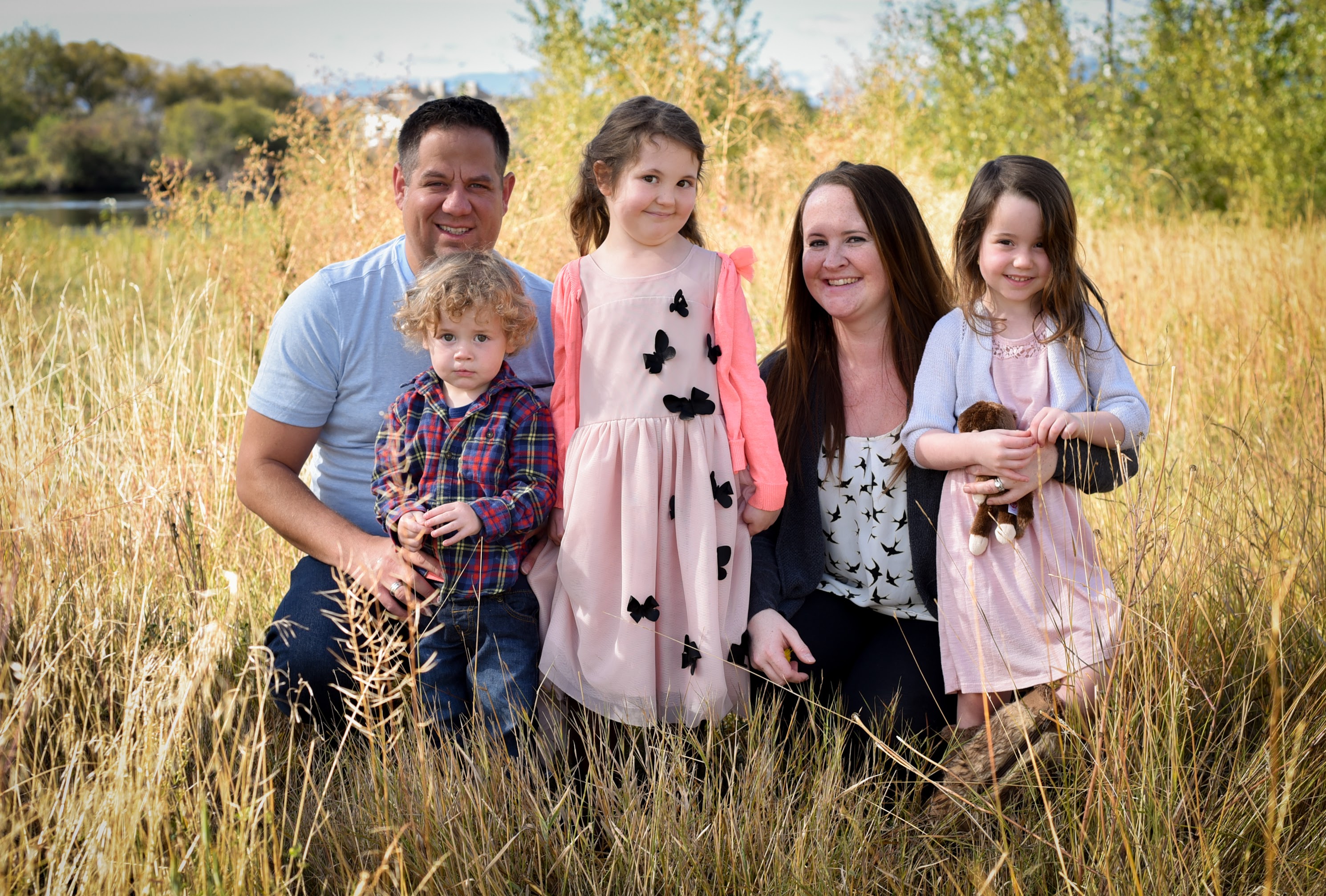
The Kelowna-based father started researching online to see if he could find anything to help his daughter. He found a lot of so-called treatments and therapies on the internet that were obvious scams, but as he read more about cannabis, he thought it might be worth a try for Ruby. Dr. Rassekh gave them a prescription for medical marijuana, and helped guide them with the little information he had on dosing, based on trial and error. Rota was astounded at the lack of scientific information available.
“I have never even smoked a joint in my life. I knew absolutely nothing about cannabis and I was suddenly immersed in it,” Rota recalls.
“There were a lot of late nights with spreadsheets, figuring out terpenes and strains, and everything else I could learn about cannabinoids, the compounds found in cannabis plants. Then I started ordering cannabis and we came up with our own recipe for oil.”
(Terpenes are naturally occurring compounds found in plants and some animals. In cannabis, terpenes determine the smell or taste of different strains, and can also have therapeutic properties.)
Cannabis is complicated
There is still a lot we don’t know about cannabis as it isn’t just one specific product. Tetrahydrocannabinol (THC) and cannabidiol (CBD) are the two most well-known components, but cannabis contains more than 500 distinct compounds.
“No two oils are the same,” Dr. Rassekh emphasizes.
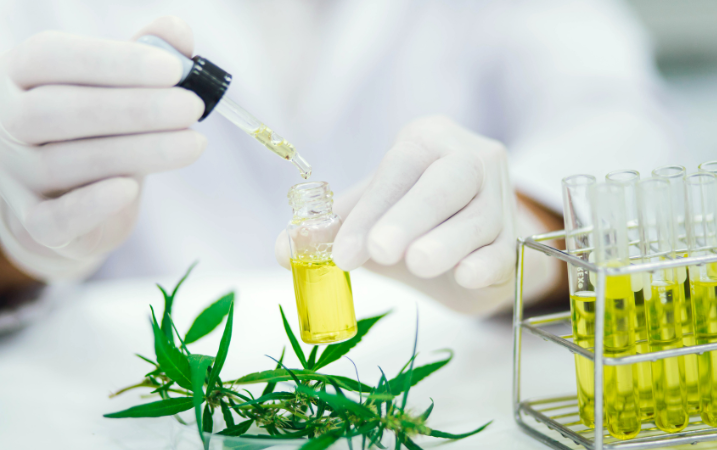
He and Dr. Amanda Li, a fellow BC Children’s researcher and oncologist, are conducting a pilot study measuring cannabinoids in the blood of pediatric patients after they take a dose of cannabis. The study participants are taking different products and the researchers want to know what is actually being absorbed by each child.
“Looking at the initial results, the levels are all over the place. The compounds in the various cannabis products are very different from what ends up in the bloodstream,” says Dr. Rasskeh.
They are hoping this pilot study will help provide data to launch a more robust clinical trial. But it’s clear from early results that research around cannabis is complicated. Even prescribing medicinal marijuana to young cancer patients at BC Children’s involves obtaining special ethics approval.
On top of that, no one really understands the long-term effects of cannabis on the brain of developing and growing children. For example, Dr. Rassekh has noticed that kids who are taking cannabis wake up differently from anesthesia and can be agitated, and only settled when given a dose of their oil.
Medical marijuana use for kids beyond just cancer
Dr. Rassekh is part of a national partnership of multidisciplinary child health experts who are studying medical cannabis in children. The Canadian Childhood Cannabinoid Clinical Trials, or C4T, was formed in 2018 to better understand the risks and potential benefits of therapeutic cannabis. Current projects include cannabis for chronic pain and chronic headaches, and tracking severe adverse events from medical marijuana use in children.
At BC Children’s, Dr. Rassekh, along with Dr. Hal Siden and research manager Marissa Gibbard, are about to launch a study across the entire hospital to get an idea of how many children are using medical marijuana. Using iPads, the anonymous questionnaire will also explore where parents are getting their information about cannabis, as well as where they are getting their products. (The team's study on family experiences using medical cannabis for children was published last year.)
“We think there is a higher prevalence of use than people are aware of as cannabis is gaining a lot of traction in the autism community, and for behavioural issues and anxiety,” adds Dr. Rassekh.
Cannabis gave Ruby a better quality of life
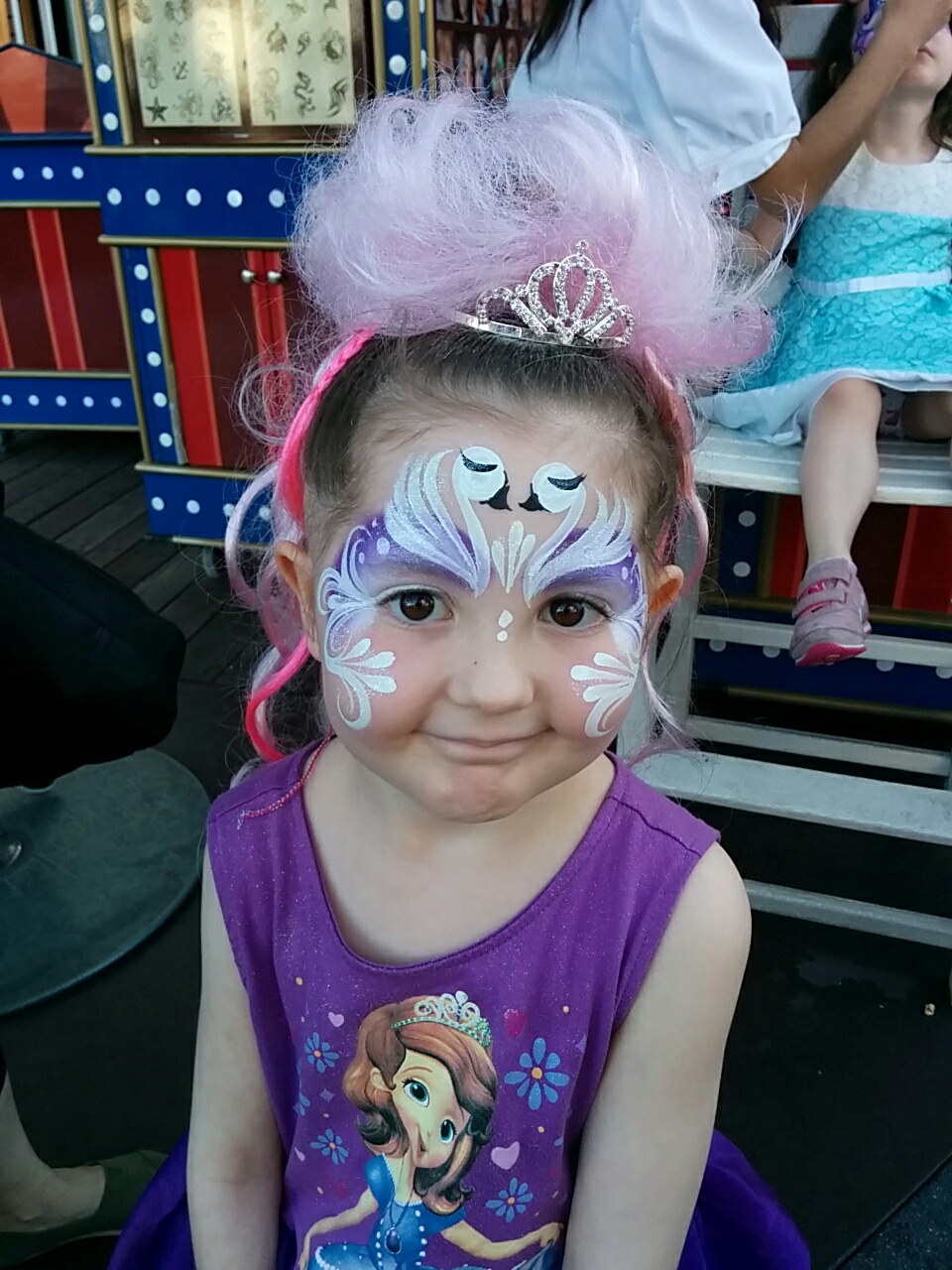
Rota and his wife Heather started Ruby on very small doses of the cannabis oil, and right away, the effects were noticeable. “She was sleeping better, we didn’t have to give her morphine, she just seemed to be able to go on with her daily life,” explains Rota. “Other children we know with the same cancer who weren’t taking cannabis were not experiencing the same life.”
Every opportunity they could, when Ruby was feeling good, the Rotas took off to either Disneyland or Hawaii. Wes says these precious family vacations would not have been possible if Ruby had not been using cannabis oil.
While cannabis helped Ruby live a longer, better quality of life than was expected, sadly, she passed away 17 months after she was diagnosed.
“It’s been a few years and I still hear her laugh every day. You don’t forget that,” Wes remarks. “Ruby was so charismatic. Everyone loved her and she touched so many people at such a young age. To this day, if you bring up her name, people know her.”
Wes says their journey with Ruby really opened their eyes and made them realize how they could make a difference for other families in the future, in honour of their daughter. She was always willing to help anybody she could, and now the Rotas are continuing her legacy by fundraising for cannabinoid research.
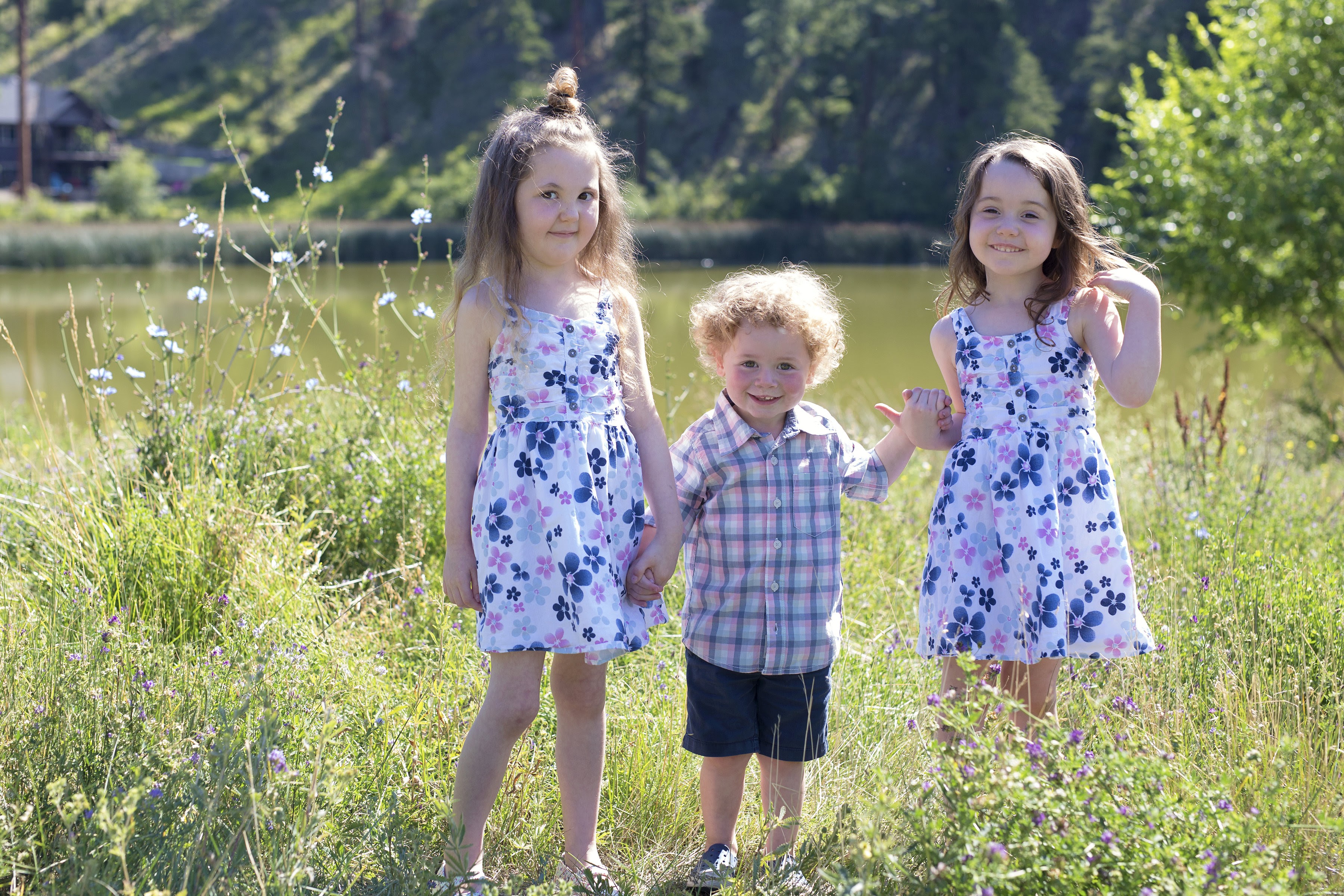
“It’s part of our grieving process. We want to do something that makes us feel good. Every time we have been at the hospital, we have seen other parents leaving the doctor’s office, crying in the lobby. They just got their bad news. In Ruby’s name, we can help them.”
